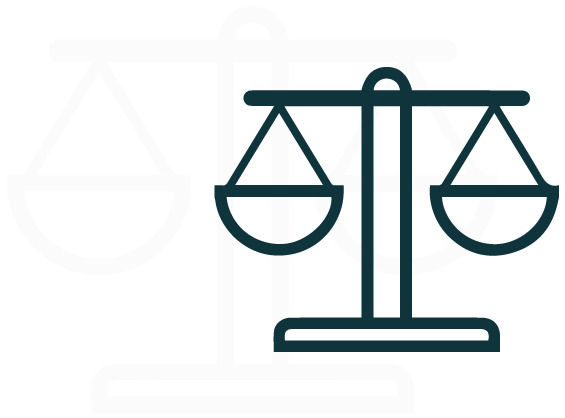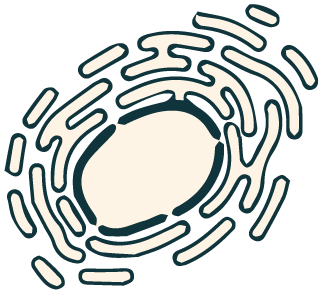This website uses cookies to ensure you get the best experience on our website.
- Table of Contents
Facts about Potassium voltage-gated channel subfamily KQT member 2.

KCNQ2/KCNQ3 current is blocked by linopirdine and XE991, and triggered by the anticonvulsant retigabine (PubMed:9836639, PubMed:11572947, PubMed:14534157, PubMed:12742592, PubMed:17872363). As the native M-channel, the potassium channel composed of KCNQ2 and KCNQ3 can also be suppressed by activation of the muscarinic acetylcholine receptor CHRM1 (PubMed:10684873).
| Human | |
|---|---|
| Gene Name: | KCNQ2 |
| Uniprot: | O43526 |
| Entrez: | 3785 |

| Belongs to: |
|---|
| potassium channel family |

BFNC; BFNS1; EBN; EBN1; EIEE7; ENB1; HNSPC; KCNA11; KQT-like 2; Kv7.2; KVEBN1; neuroblastoma-specific potassium channel protein; Neuroblastoma-specific potassium channel subunit alpha KvLQT2; potassium voltage-gated channel subfamily KQT member 2; potassium voltage-gated channel, KQT-like subfamily, member 2; Voltage-gated potassium channel subunit Kv7.2
Mass (kDA):
95.848 kDA

| Human | |
|---|---|
| Location: | 20q13.33 |
| Sequence: | 20; NC_000020.11 (63400208..63472655, complement) |
In adult and fetal brain. Highly expressed in areas containing neuronal cell bodies, low in spinal chord and corpus callosum. Isoform 2 is preferentially expressed in differentiated neurons. Isoform 6 is prominent in fetal brain, undifferentiated neuroblastoma cells and brain tumors.
Cell membrane; Multi-pass membrane protein.




PMID: 9039501 by Yokoyama M., et al. Identification and cloning of neuroblastoma-specific and nerve tissue-specific genes through compiled expression profiles.
PMID: 9425895 by Singh N.A., et al. A novel potassium channel gene, KCNQ2, is mutated in an inherited epilepsy of newborns.